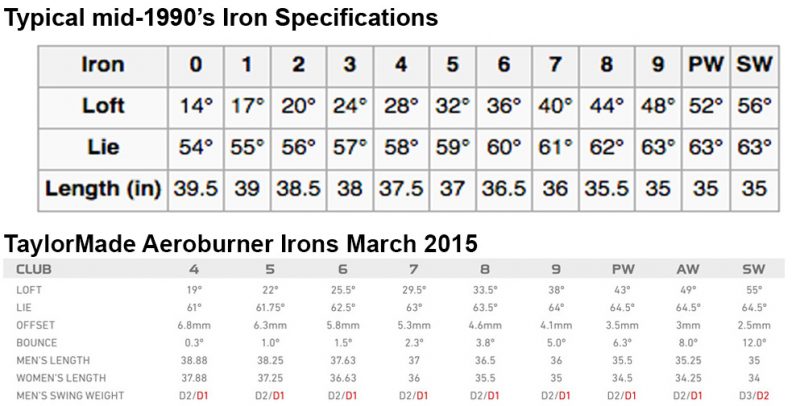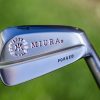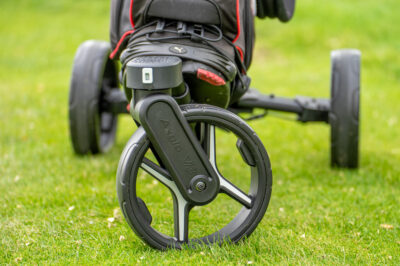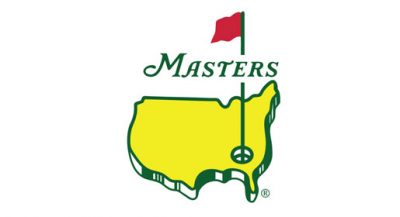I Propose a New Golf Iron Naming Scheme Which Golf Marketers and Some Manufacturers Will Hate
Categories: Boneheads • Golf • Golf Clubs • Golf Equipment • Golf Gear
Tags: golf clubs • Golf Marketing
Why is your brand new shiny pitching wedge as long as your old 8-iron? Because it IS an 8-iron.
Hot off the presses is the announcement that TaylorMade just came out with a new set of irons. Kind of a bummer really. I hadn’t even taken off the plastic off the set I bought yesterday and now they’re already obsolete, due to these new LONGER ones which came out today. Now the question is, do I buy the new ones from today knowing that tomorrow’s model will be even better and longer? I poke fun, but that’s the sad state of the golf equipment industry.
Golf marketing has completely bastardized the equipment world. Marketers will go to great “lengths” to sell clubs. Most of the manufacturers and their marketing firms are guilty of falling into the trap of promising more and more distance, not just TaylorMade. Marketing will continue this practice so long as the consumer believes he/she will gain more distance.
Take a look at the photo above. It compares iron specifications up to the mid 1990’s with the new TaylorMade “Aeroburner” irons.
Some golfers seem to be aware that the lofts are getting stronger year after year, but most don’t seem to notice shaft length. In the photo above look at the old pitching wedge as an example. The 1990’s model PW was 52 degrees, and had a 35 inch shaft. The Aeroburner 2015 pitching wedge is 43 degrees! NINE degrees stronger. But that’s not all. Look at the shaft length. The new PW is the same length as what an 8-iron used to be.
A good friend of mine was so excited when he bought his RocketBalls irons a while back. “I hit my 7-iron as far as my old 5-iron,” he excitedly told me. Once I explained that his new 7-iron and old 5-iron were the almost the same specs he wasn’t as excited. In fact, he was mad.
Name Irons By Lofts/Lengths
The new Ben Hogan has started doing this a bit, though I’ve had this concept in my mind for years. Either the numbers representing irons should have a fixed area in the spec table, or the numbers should be removed from the club and replaced with the loft and shaft length. That way when comparing clubs, one could only claim to be longer against other clubs with the same specs.

“Hand me the 46!”
So, the TaylorMade 5-iron above would be called a “22” for 22 degrees in loft. Perhaps add a 38.75 to the name: 22-38.75. The closest club in the 1990’s chart above would be between a 2-3-iron, but the shaft length closer to a 1-iron.
Limit Loft/Length Ranges for Iron Numbers
As an alternative there should be limits as to what numbers can be put on what clubs should be put in place. In another 5-10 years at the pace we are on, a pitching wedge will be 20 degrees, and we will all be hitting them 200+ yards.
It would be a good idea to have rules in place stating something like “A 7-iron is a club which features a loft between (pick your numbers) 34-37 degrees and would include a shaft length between (once again, pick your numbers) 36-37 inches.”
Why the Gap Wedge Appeared and Why We Will Need More of Them
Of course, neither of my ideas above will happen. So irons will get stronger and stronger. The distance between a lob wedge, usually a 60 degree club, and a pitching wedge will increase. That’s why the “gap” wedge was invented. The gap wedge filled the growing gap between pitching wedges and sand wedges and gave golf club manufacturers another club to sell.
We are going to need another gap wedge. Let’s call it a gap gap wedge.













